Concert Review: The Protecting Veil/ Sydney Symphony Orchestra/ Runnicles/Barley
The Sydney Symphony Orchestra’s program The Protecting Veil, An Exquisite Universe, was a statement not only for presenting three gorgeous pieces of music, but for selecting three substantial orchestral works which were linked in ideas and in time to the seasonal themes of Easter and an undeniable link to song.
Conducted and curated by Principal Guest Conductor Sir Donald Runnicles with British cello soloist Matthew Barley and Concertmaster Andrew Haveron, the Sydney Symphony Orchestra performed John Tavener’s The Protecting Veil, Wagner’s Good Friday Spell from Act III of Parsifal and Mendelssohn’s Symphony No.5, ‘Reformation.’
Tavener’s The Protecting Veil composed in 1987, is named after the final movement of this piece for solo cello and string orchestra, written in eight continuous sections based on the eight Byzantine tones. Initiated by cellist Steven Isserlis as a 10-minute cameo, Tavener’s inspiration grew to create a deeply spiritual piece lasting around 42 minutes (according to the composer), which Isserlis premiered at the BBC Proms in 1988. The Protecting Veil takes its inspiration from important events in the life of Mary, Mother of Christ, from The Annunciation through The Resurrection, to the final depiction of her veil, spreading as a protective shield over Christians.
The Protecting Veil is, quite simply an acoustically sumptuous yet musically minimalist experience in which, “the cello sings without stopping.” Tavener makes considerable demands on his soloist to take up the glassy lyricism of his vocal and choral music, realising his wish to create “an ikon in sound rather than on wood, using the music of the cellist rather than a brush.” Central to Tavener’s style and influences which are evident throughout, are the aesthetics of Russian Orthodoxy, Greek modes and Indian ragas with glissandi, crushed notes and microtones spinning this mystic tale. A sliding motif links but divides the eight parts of this piece. Sitting high on the A string and sounding “Transcendent with awesome majesty,” the cello began its plaint. The strings entered in turn, building to a crescendo as the cello soared. The rhythm moved through multi-metre changes as the string divided to produce shrieking cluster chords. There were shimmering harmonies emulating the sitar and its many strings vibrating in sympathy with the solo line.
The unaccompanied cello soliloquy in the fourth movement, Lament of the Mother of God at the Cross was a moment from another time and space. Speaking later during the concert as the stage was being set for Mendelssohn’s symphony, Barley described how he had learnt this piece directly from Tavener. And so, as the audience, we had a direct line to the composer through Barley who, in his flowing robes, with unerring technique, mastery of his instrument, considerable focus and understated passion, took us to a higher plane.
Now think of the knight Parsifal on his journey. After years of travel, the itinerant nobleman searching for the Holy Grail, is resting in a flowery meadow. In this moment of Good Friday’s Magic Spell, from Act III of the eponymous opera, there is healing and renewal, insight and realisation. Wagner, with his Bohemian ways, was influenced like Taverner, by Christian mysticism and Orientalist elements when writing this, his final massive opera. Here, the augmented orchestra displayed its dreamy side in what the program asserted is “arguably the most beautiful music ever written by Wagner.” Constantly spinning, and unfolding, the orchestra under Runnicles created a gentle cascade of bucolic sound. There was exquisite lyricism from Acting Principals, flautist Emma Sholl and oboist Shefali Pryor. We heard the famous Dresden Amen and Wagner’s other leitmotifs building to tell this tale. Intoxicating.
Linked in ideology and Saxon history, is Mendelssohn’s dramatic Symphony No. 5 ‘The Reformation’, the last of the five which he wrote. This symphony is notable for its inclusion of the rarely featured serpent, a precursor of the tuba, named for its sinuous appearance and played by Scott Kinmont. Also featuring the Dresden Amen, Runnicles drew a special richness from the strings. The opening Andante-Allegro con fuoco was well paced. The orchestra played the second movement Allegro Vivace with a playful, dance-like feel. The third movement Andante was introspective and moody, moving to the final chorale incorporating the Lutheran hymn, Ein feste Burg ist unser Gott (A mighty fortress is our God).
How grand to see the players of the Sydney Symphony Orchestra resplendent in white tie and long black concert dress with instruments glistening. Together with Sir Runnicles and Matthew Barley, we were transported and entertained in style.
Shamistha de Soysa for SoundsLikeSydney©

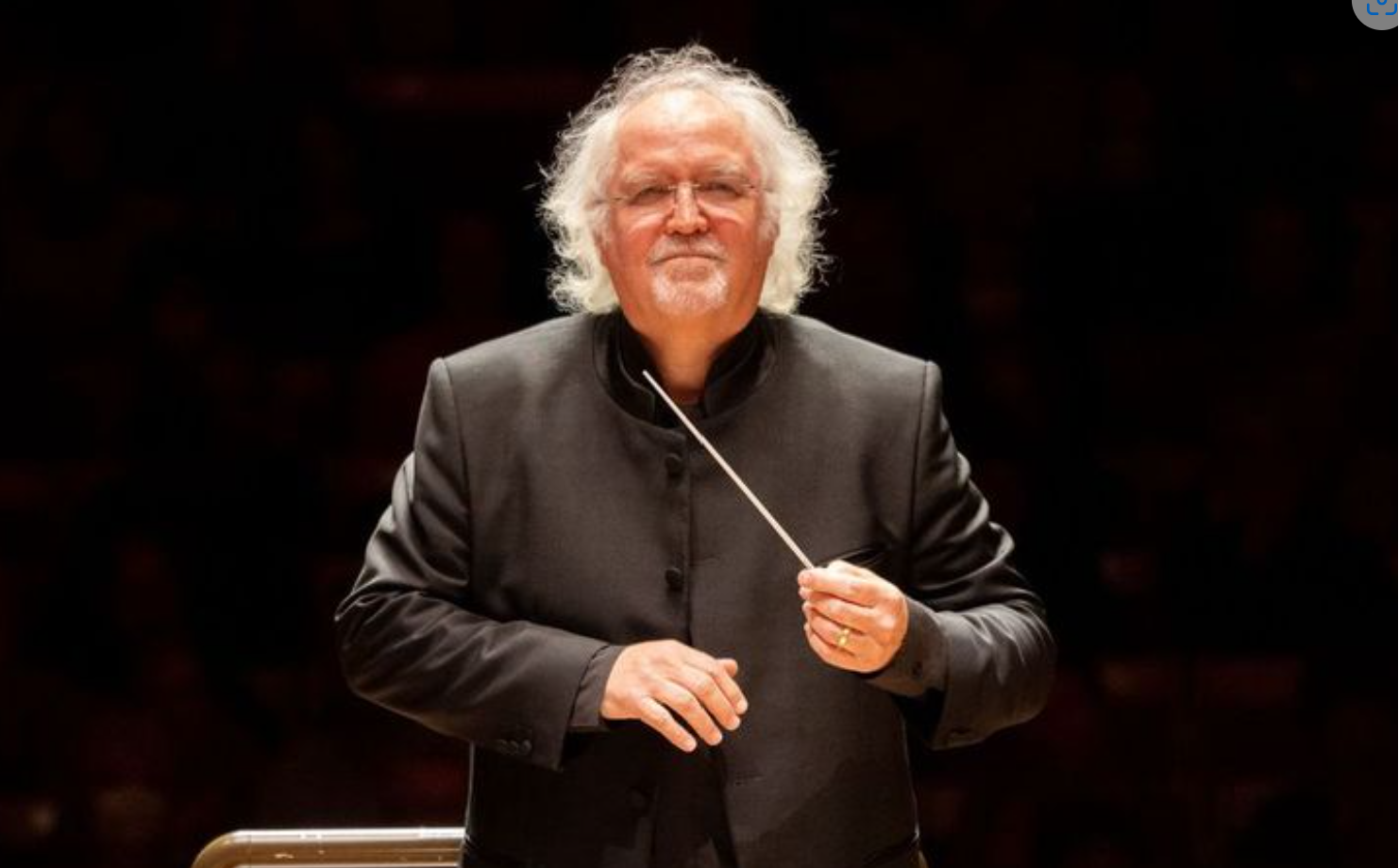
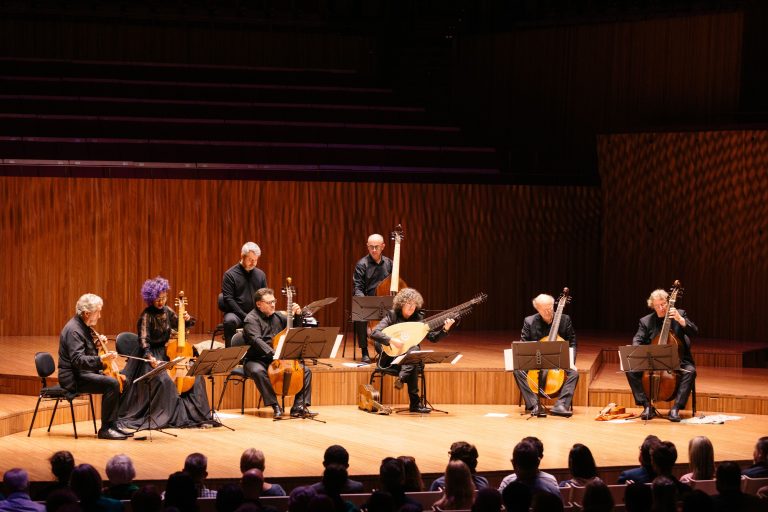
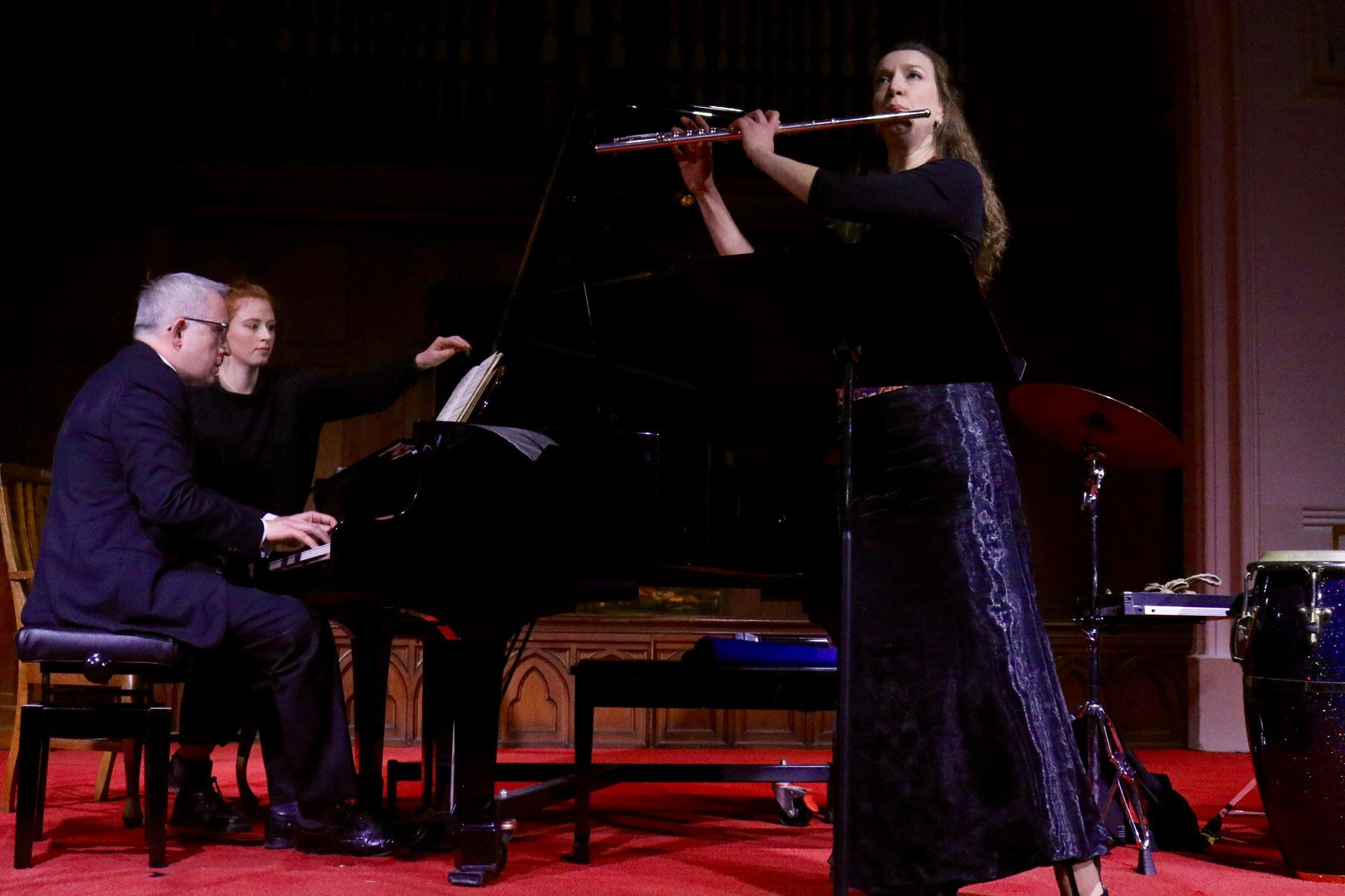
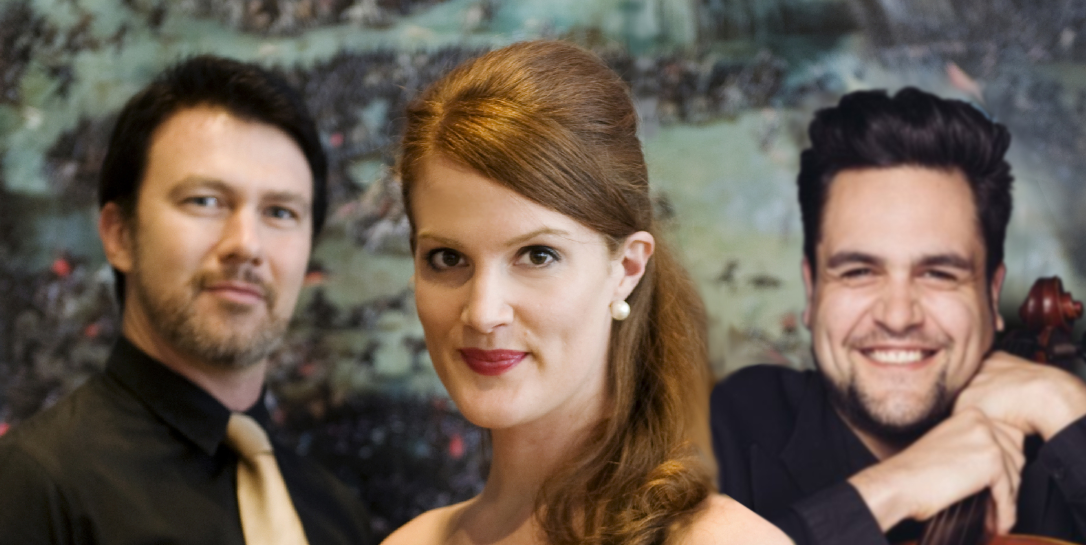
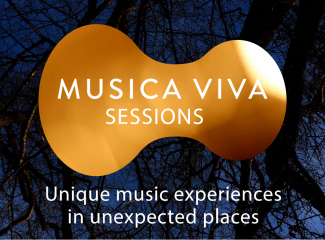

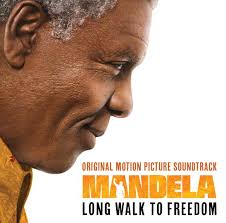
1icpwr
lqqpv8
m9qnso
pjhj2d
gluos4